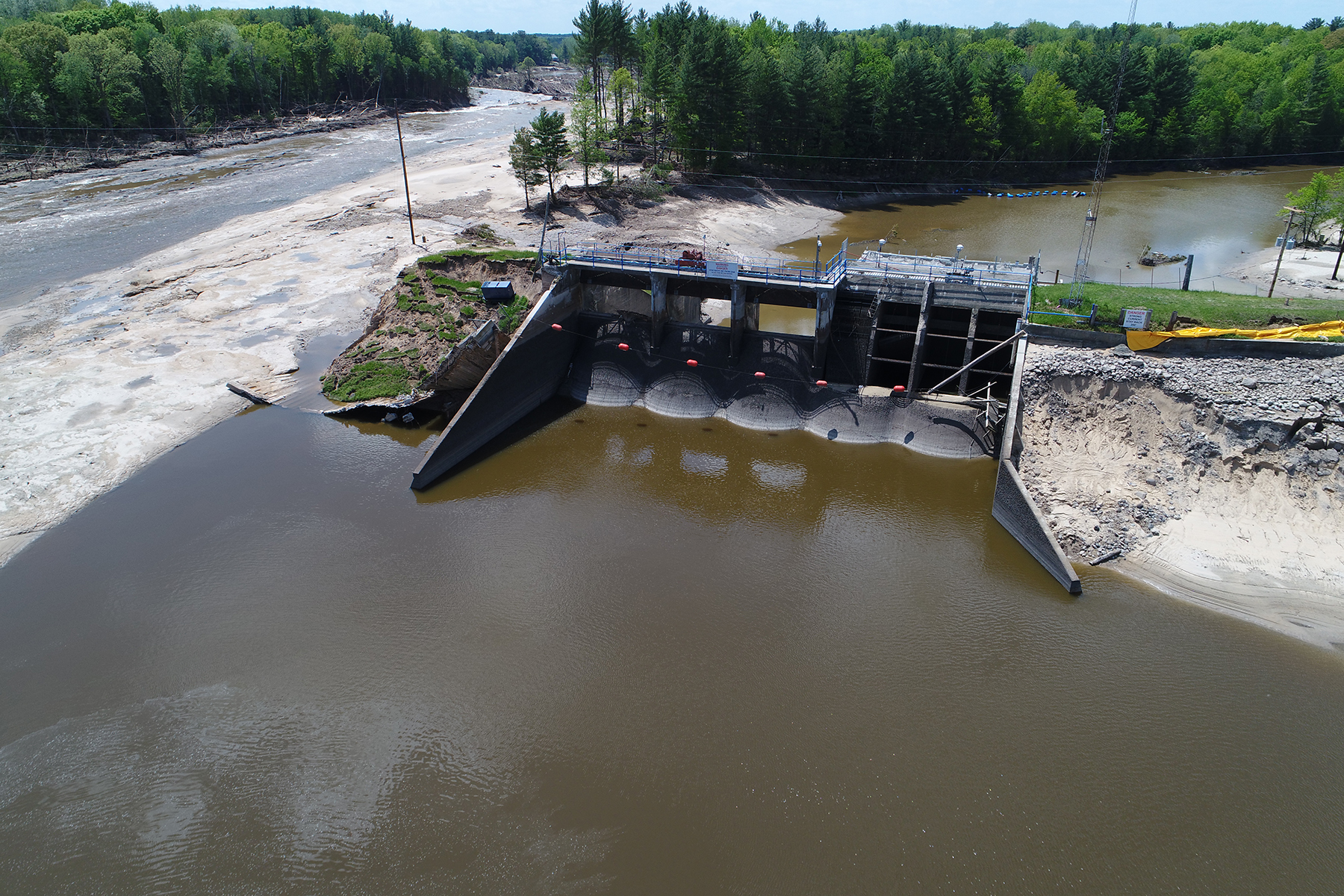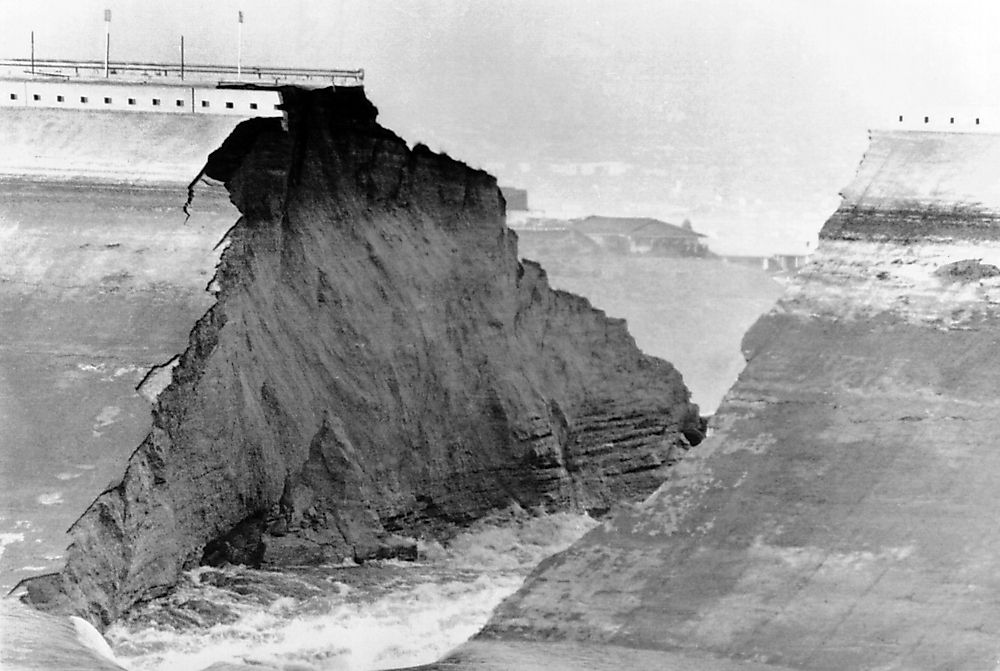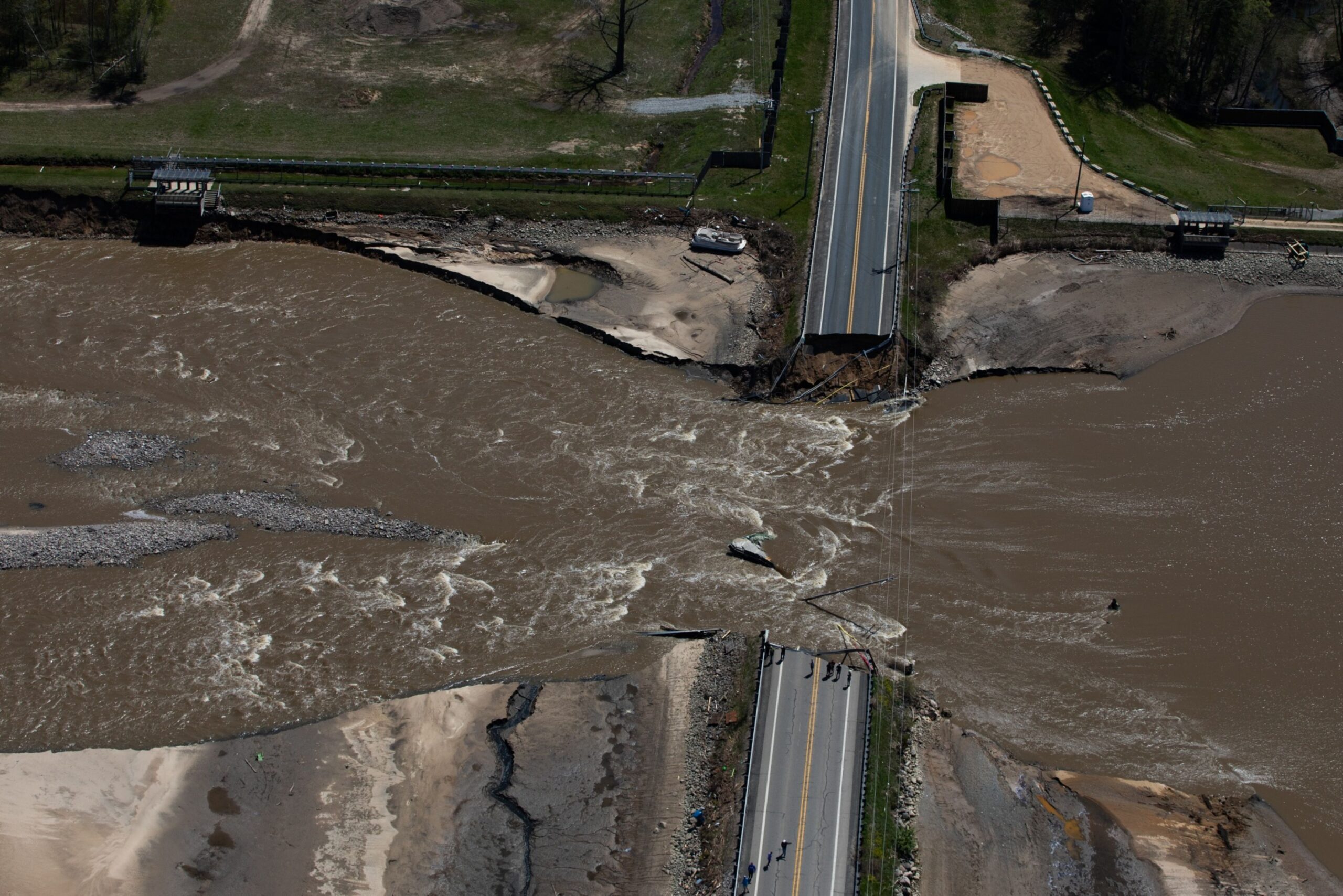Dam Failure Causes

Dam failures, while rare, can have catastrophic consequences. Understanding the causes of dam failure is crucial for preventing such incidents and mitigating their impact.
Dam failures can be attributed to a multitude of factors, including structural deficiencies, geological factors, and human error.
Structural Deficiencies
- Design flaws: Inadequate design or construction can lead to structural weaknesses that compromise the dam’s integrity.
- Material failure: Poor-quality materials or deterioration over time can weaken the dam’s structure, making it susceptible to failure.
- Construction errors: Mistakes during construction, such as improper compaction or faulty workmanship, can create structural vulnerabilities.
Geological Factors
- Seismic activity: Earthquakes can trigger ground shaking that can damage the dam’s structure or destabilize the foundation.
- Landslides: Landslides can block the reservoir, causing water to overflow the dam or weaken the foundation.
- Erosion: Erosion can undermine the dam’s foundation or weaken the spillway, increasing the risk of failure.
Human Error
- Operational errors: Mistakes in operating the dam, such as releasing too much water or failing to monitor water levels, can lead to failure.
- Maintenance neglect: Inadequate maintenance can allow structural defects to go unnoticed and increase the risk of failure.
- Inadequate risk assessment: Failing to properly assess the risks associated with the dam and its surroundings can lead to underestimating the potential for failure.
Notable dam failures include the Vajont Dam in Italy (1963), caused by a landslide that triggered a massive wave, and the Banqiao Dam in China (1975), which collapsed due to excessive rainfall and poor construction.
Risk assessment and monitoring are essential for preventing dam failures. Regular inspections, instrumentation, and numerical modeling can help identify potential problems and mitigate risks.
Dam Failure Consequences

Dam failures can have catastrophic consequences, leading to loss of life, property damage, and environmental destruction. These consequences can extend far beyond the immediate area surrounding the dam, affecting entire regions and communities.
Loss of Life
Dam failures can result in the sudden release of large volumes of water, creating a powerful surge that can sweep away everything in its path. The resulting floods can cause widespread devastation, drowning people, destroying homes and businesses, and leaving behind a trail of debris and destruction.
One of the most tragic examples of dam failure occurred in 1975 at the Banqiao Dam in China. The collapse of the dam triggered a massive flood that killed an estimated 26,000 people and displaced millions more.
Property Damage
Dam failures can also cause extensive property damage. The floodwaters can inundate entire towns and cities, destroying homes, businesses, infrastructure, and agricultural land. The economic impact of dam failures can be enormous, as businesses are forced to close, jobs are lost, and the local economy is disrupted.
In 2005, Hurricane Katrina caused the failure of several levees in New Orleans, Louisiana. The resulting floods inundated 80% of the city, causing an estimated $125 billion in damage and displacing over 1 million people.
Environmental Impact, Dam failure
Dam failures can also have a significant environmental impact. The sudden release of water can alter the flow of rivers, destroy fish and wildlife habitats, and contaminate water supplies. The resulting floods can also carry away topsoil, nutrients, and other vital resources, leaving behind a barren landscape.
In 1985, the collapse of the Teton Dam in Idaho released a torrent of water that scoured the Snake River canyon, destroying fish and wildlife habitats and contaminating the river with sediment and debris.
Economic and Social Implications
In addition to the immediate consequences of dam failure, there can also be long-term economic and social implications. The disruption of infrastructure can make it difficult for people to get to work, school, or medical care. The loss of homes and businesses can lead to poverty and homelessness. And the environmental damage can make it difficult for people to fish, farm, or enjoy other recreational activities.
The social and economic impacts of dam failure can be particularly severe in developing countries, where people are more reliant on natural resources and infrastructure is less developed.
Dam Failure Mitigation

Recognizing the catastrophic consequences of dam failures, extensive measures are implemented to mitigate risks and minimize their impact. These strategies encompass rigorous dam design and construction standards, comprehensive emergency response plans, and cutting-edge technologies aimed at enhancing dam safety.
Dam Design and Construction Standards
Dam design and construction standards play a pivotal role in preventing failures. Engineers meticulously analyze site conditions, employing advanced techniques to determine optimal dam configurations and materials. Stringent quality control measures ensure the integrity of construction, minimizing potential weaknesses that could compromise dam stability.
Emergency Response Plans and Evacuation Procedures
In the event of an impending dam failure, well-coordinated emergency response plans are crucial for minimizing casualties and property damage. These plans Artikel clear communication protocols, evacuation routes, and designated safe zones. Regular drills and training exercises ensure that emergency personnel are prepared to respond swiftly and effectively.
Innovative Technologies and Research
Continuous research and development drive the advancement of innovative technologies that enhance dam safety. Remote monitoring systems track dam behavior in real-time, providing early warning of potential issues. Advanced materials and construction techniques improve dam resilience, reducing the likelihood of catastrophic failures.